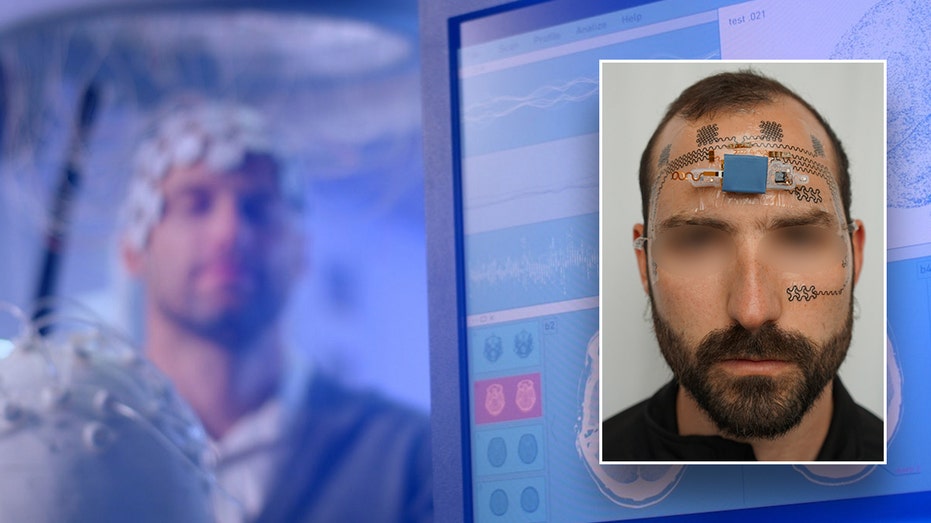Innovative Face 'E-Tattoo' Technology Developed to Monitor Mental Workload in High-Stress Professions
Innovative wire forehead e-tattoo combines EEG and EOG to revolutionize real-time brain activity monitoring.

Researchers have unveiled an innovative approach to monitoring brain activity in people working under intense stress: a flexible, wearable electronic tattoo—dubbed the "e-tattoo"—worn on the face. This technology is designed to offer a non-invasive, convenient, and cost-effective way to track real-time brainwaves and mental workload, particularly for professionals in demanding fields.
According to scientists, high-stakes jobs such as those held by pilots, emergency dispatchers, air traffic controllers, ER doctors, and operators of advanced robotic systems require constant cognitive vigilance. Accurately assessing mental fatigue in these roles is crucial, as lapses can have serious consequences. Traditional brain-monitoring equipment tends to be cumbersome and expensive, making it impractical for everyday use. The e-tattoo promises to change that by providing a discreet, user-friendly alternative.
This thin sensor, temporarily adhered to the user's forehead much like a sticker, utilizes electroencephalogram (EEG) and electrooculogram (EOG) technologies. These measure not only brainwave activity but also eye movement, enabling a detailed analysis of mental workload and fatigue. Early testing indicated that the e-tattoo is both more economical and easier to use than conventional devices, opening up possibilities for broader adoption in fields that demand peak mental performance at all times.
During the experimental phase, six participants undertook computerized tasks involving rapidly displayed letters at various screen positions. Their objective was to click a mouse if a letter or its location matched a previous instance—a challenge designed to simulate different levels of cognitive load. As task difficulty increased, the e-tattoo detected corresponding shifts in brainwave patterns, indicating increased mental strain. This direct feedback could be invaluable for organizations looking to monitor and support their employees’ mental well-being.
The current version of the e-tattoo consists of a lightweight battery pack, reusable electronic chips, and a disposable sensor. Though still in the prototype stage and priced at around $200 per unit, researchers emphasize that further development is needed before the device can reach the market. Plans include enhancing real-time data analysis directly from the tattoo and expanding trials to larger, more varied groups under realistic working conditions.
Experts say that, with continued advancements, this technology could soon offer stressed professionals immediate insight into their mental resilience and limits. Such feedback has the potential to not only prevent errors but also optimize performance and well-being in critical occupations where mental acuity truly matters.




